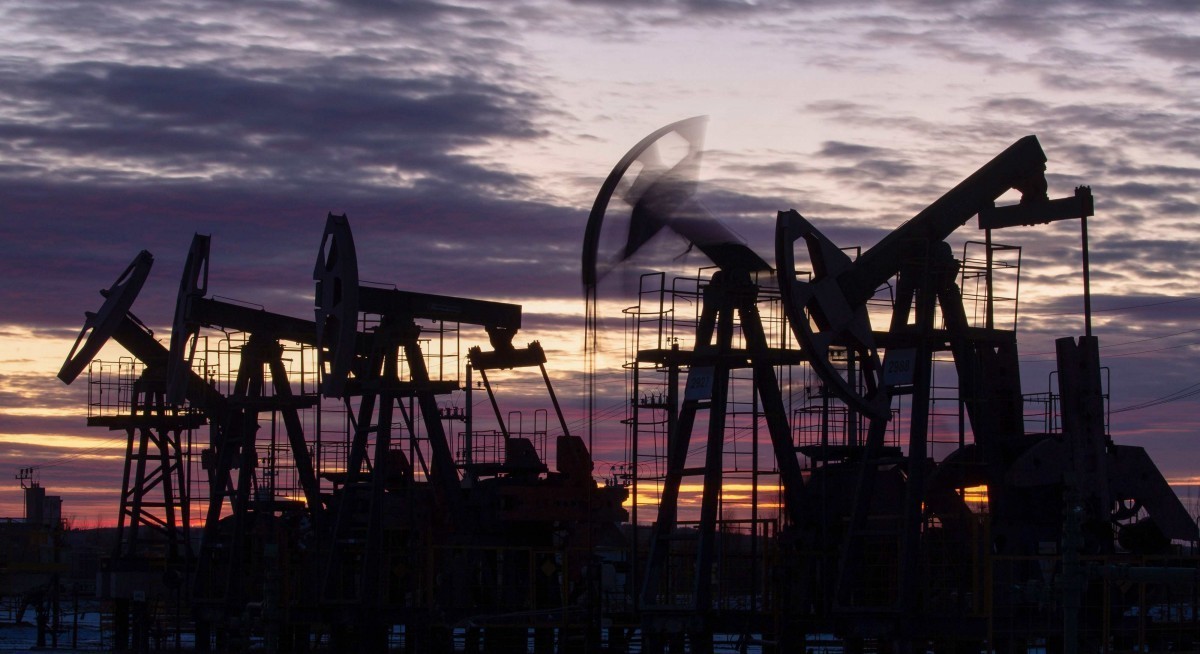That decision, if confirmed, will leave traders and executives at the APPEC conference grappling with the impact of having even more oil coming into a world that is already preparing to have more than it requires in the fourth quarter of the year, and into 2026.
“It’s a fairly mainstream view that the oil market is set to move into large surplus later this year,” said Warren Patterson, the Singapore-based head of commodities strategy for ING Groep. “However, you always have to be a bit concerned when everyone has the same view, particularly when there is plenty of uncertainty in the form of President Trump.”
Donald Trump has repeatedly jolted economies and markets this year with tariff threats — even if not all have become reality. Among the most aggressive are the penalties imposed on India for its hand in the Russian crude trade, punitive levies that have angered New Delhi and pushed the nation closer to longtime rival China.
Granted, there are some bullish factors that could provide some support to oil in the coming months. Winter heating needs will provide periodic boosts to demand, and the possibility of lower interest rates should bolster the prices of commodities including crude and diesel. But it’s the oil glut — which the International Energy Agency says will balloon to a record next year — that is set to remain front and centre throughout the Asia Pacific Petroleum Conference.
See also: Canada, Alberta ink deal to unlock oil pipeline, build carbon capture
The event unofficially kicks off on Sunday with a number of parties, including a soiree hosted by TotalEnergies at a hotel overlooking the city-state’s iconic Marina Bay. Attendees will likely be less interested in the view than their phones, though, watching for news from the OPEC+ meeting happening half a world away.
And it’s not just the Organization of the Petroleum Exporting Countries adding more barrels. Oil producers in the Americas are also raising output, just as a cooler economy and the rapid uptake of electric vehicles chip away at demand in China, the world’s biggest crude importer.
“The glut is already here, it has just been in less visible parts of the market, like the builds in China,” said Marcus Garvey, the head of commodities strategy for Macquarie Group. “Everyone is seeing this, and overall market positioning is clearly bearish into the year-end.”
See also: LNG freight rates extend rally on strong North American exports
Oil tanked in early April after the twin shocks of Trump’s tariffs and a surprise move by OPEC+ to boost production. Further moves by the US on trade and by the producer group have led to volatile trading sessions — but prices haven’t crashed. Brent was around US$66 a barrel on Friday.
While keynote sessions at the conference, including from Gunvor Group research boss Frederic Lasserre and Trafigura Group’s chief economist Saad Rahim, should provide snapshots and forecasts, the best tips and gossip will likely be reserved for the cocktail receptions and late-night parties.
The world’s largest oil companies, from Saudi Aramco, PetroChina Co., Equinor ASA and BP Plc, to trader Vitol Group, will each be hosting get-togethers. Venues on the party list include High House — Singapore’s highest rooftop bar — the nightclub Marquee at the Marina Bay Sands hotel and casino, as well as at the so-called Grand Dame of hospitality: Raffles Hotel.




